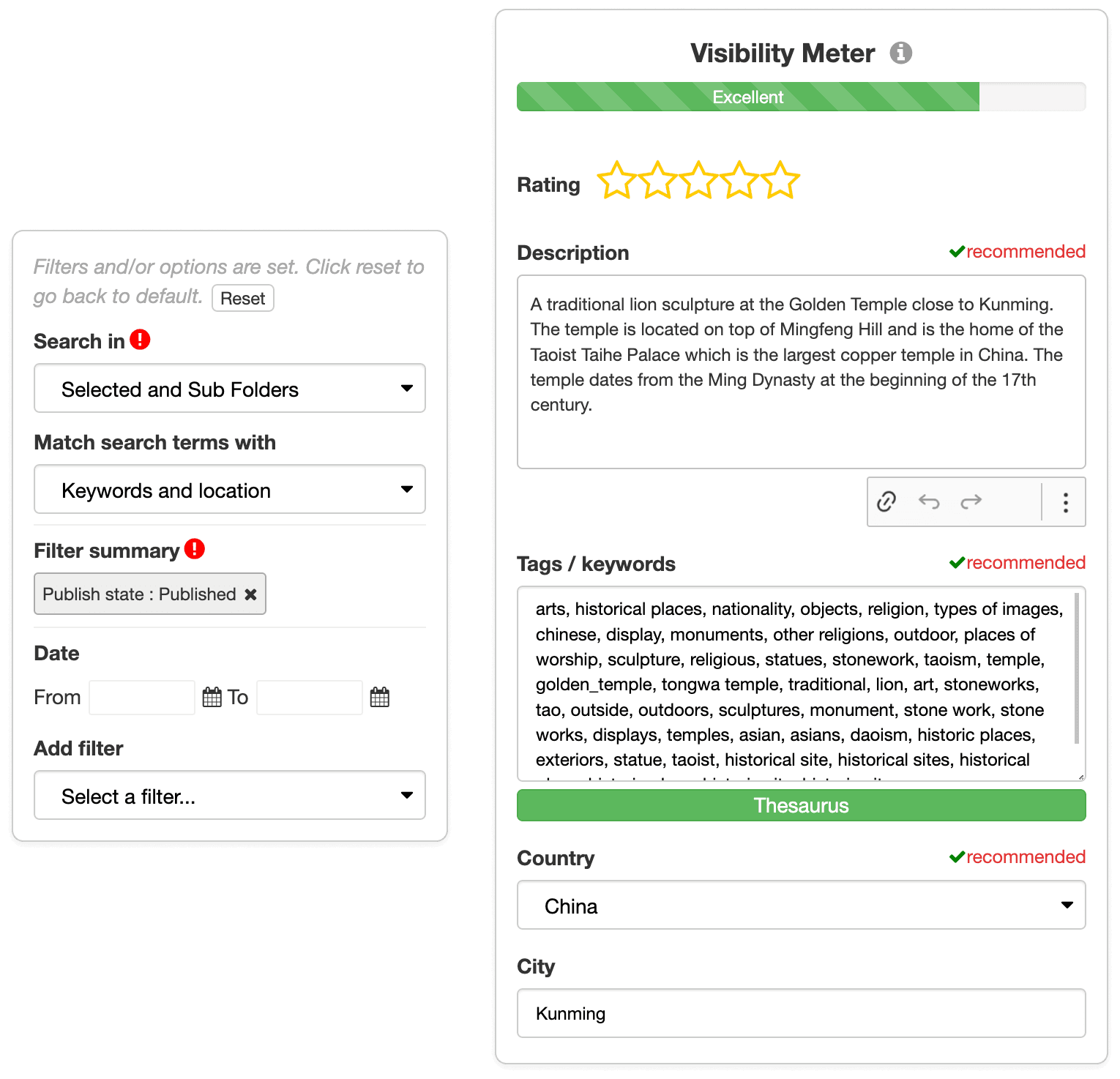

Alexander Lamont Design Company Digital Archive Management Case Study
Supporting product sales from design through to manufacturing and beyond
Solving universal problems
Every company, like every individual, has its own identity. It's hard to pinpoint any one factor that shapes identity, so we'll just call it 'the fusion of a unique cocktail of elements'. People, places and timing all play their part in creating each company's unique identity.
The fact that LightRocket has evolved to serve so many non-profit organisations, is not just a reflection of our values as individuals (although this plays a massive role), it's also the result of the founders' roots in editorial photography, chance meetings, and our discovery of a niche market sector that needed serving.
If you're a design company, a factory or a school archive manager reading this you're probably wondering if LightRocket could possibly be for you.

Here's the good news (for you and for us) the answer is an unconditional and resounding 'yes'.
In essence, all digital asset management systems are designed to solve the same universal problems of archive and media management: the need to centralise, control, retrieve and preserve files. These are the pillars of media management. The skeleton on which we build the flesh of our systems - interface, functionality and software design.
So, it was with a certain degree of confidence (in this universality) that I pitched our system to the very chic and prestigious Alexander Lamont design company - who have since become a long-established LightRocket client.
Responding to the specific needs of a design business

Now to be clear, the DNA of a business like 'Alexander Lamont' is very different from the vast and nebulous bureaucratic structures that dominate some of our major non-profit clients like the World Health Organisation (WHO) and the International Office for Migration (IOM). And yet those universal pillars I mentioned earlier (centralization, control, retrieval and preservation) hold true.
The first reality for any business that seeks to sell a product, is for that product to be seen. For a product to be seen and appreciated, it has to be depicted (photographed). There is little doubt that in a context where the first contact with so many customers is online, pictures quickly become vital to client acquisition and business development.
At first glance, we had expected Lamont to be a relatively small client. Here was a company with a 100 or so employees, when we are regularly dealing with clients who have staff numbers into the thousands. How wrong we were.
Size doesn't matter
Lamont's dedicated photographer records every product at every stage of the production cycle (even when products need repairing). It soon became clear that Lamont was managing a major image archive running into the hundreds of thousands of files. What's more this was not a static collection, it was rapidly expanding.
The beauty of the LightRocket system is that, once an archive is centralized on one of our servers, size doesn't matter. Our clients enjoy complete freedom in accumulating and managing archives that can be as large as they like, with files of any type they like, and of any size. This freedom makes LightRocket a one-size-fits-all solution.
Responding to a unique workflow
Many of LightRocket's clients represent classic archive scenarios. Files are ingested and centrally managed for controlled distribution. The typical mandate is heritage preservation and communication. For many large organisations, managing their archive represents an integral part of their historical responsibility.
Not so for Lamont, which decided to keep the lion's share of its archive internal and to hide its media library from the public gaze (Lamont uses its marketing website to show off its products).
For Lamont, the LightRocket use-case was focused on allowing members of its sales team to access images of products, and for the company's product development team to record the various stages of the production process.
Images are also used for quality control and even for recording repairs when needed. In short, the entire product life-cycle from the early stages of production to being ready for sale and beyond, are photographed and ingested into the company's LightRocket platform.

Everyone is involved
The exciting thing about introducing a digital asset management system like LightRocket into a business context like Alexander Lamont, is that a seemingly marginal system quickly finds itself at the heart of the business.
Almost everyone in a position of responsibility comes into contact with the LightRocket platform: sales staff, executive management, designers and product developers, the quality control and marketing team and, of course, the company's dedicated photographer. When I visit Lamont to give periodical training sessions or updates about new functionality, I'm always amazed to find myself in a packed meeting room. It feels like everyone is involved.
Tagging with product codes makes finding files easy
Alexander Lamont designs and manufactures incredibly beautiful furniture and interior decoration items - tables, cupboards, lamps and so on. The problem is that there isn't just one table, lamp or cupboard, there are hundreds of them.
This makes it impossible to tag pictures using standard terms like 'table' or 'lamp' etc. However, since each product has its own unique identifier code, the Lamont team quickly worked out that by using these codes as tags/keywords they could easily retrieve files (and therefore products) when they needed them - no matter how many hundreds of thousands of files are in their archive. The moral of the story for any archive, whatever the organization, is that tagging is essential.

Folders and access privileges keep content safe but accessible
The folder structure options provided by LightRocket allowed Lamont's archive managers to efficiently segment their archive, ensuring relevant content is easily available to those who need it. The team then came up with a clever way to distribute permissions, so their archive was secure but still accessible to the appropriate team members.
Next, they worked out how to safely share files with specific clients and team members using LightRocket's powerful 'send via link' feature which permits users to determine who receives a link, how many times a link can be used and even lets users re-size files if needed.
A comprehensive media management system that can adapt to diverse scenarios
The truth is that LightRocket's comprehensive feature set, its intuitive interface, and the flexibility built into the system, makes it one of the most versatile digital asset management solutions on the market. The key is our laser-guided focus on the basic pillars of good media management combined with an understanding that software, and its creators, needs to evolve and be responsive to the requirements of its users. Our goal is to provide software as a service not just in name, but in reality.